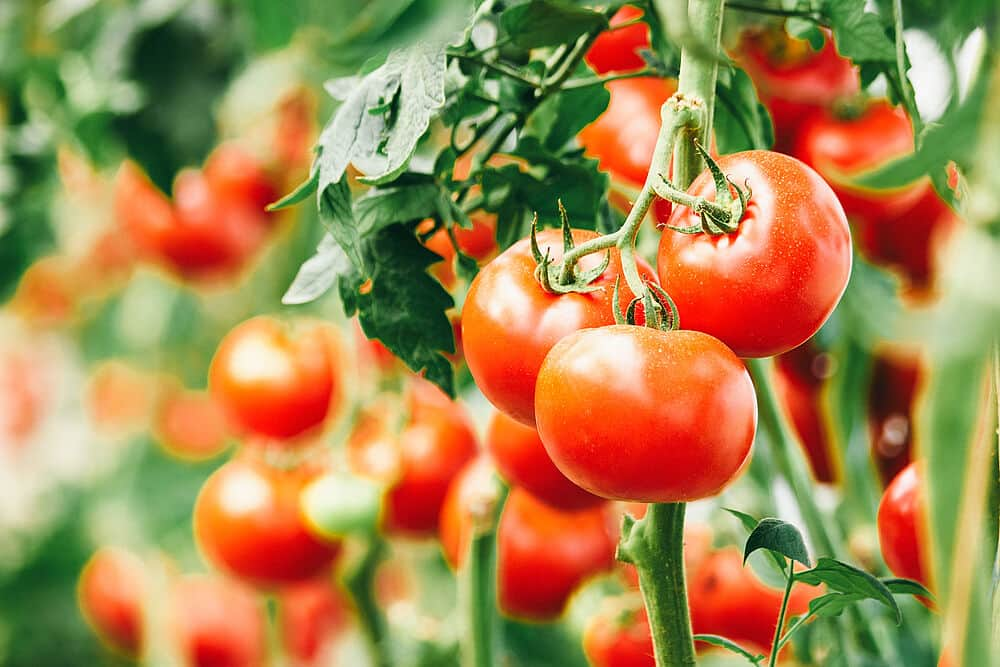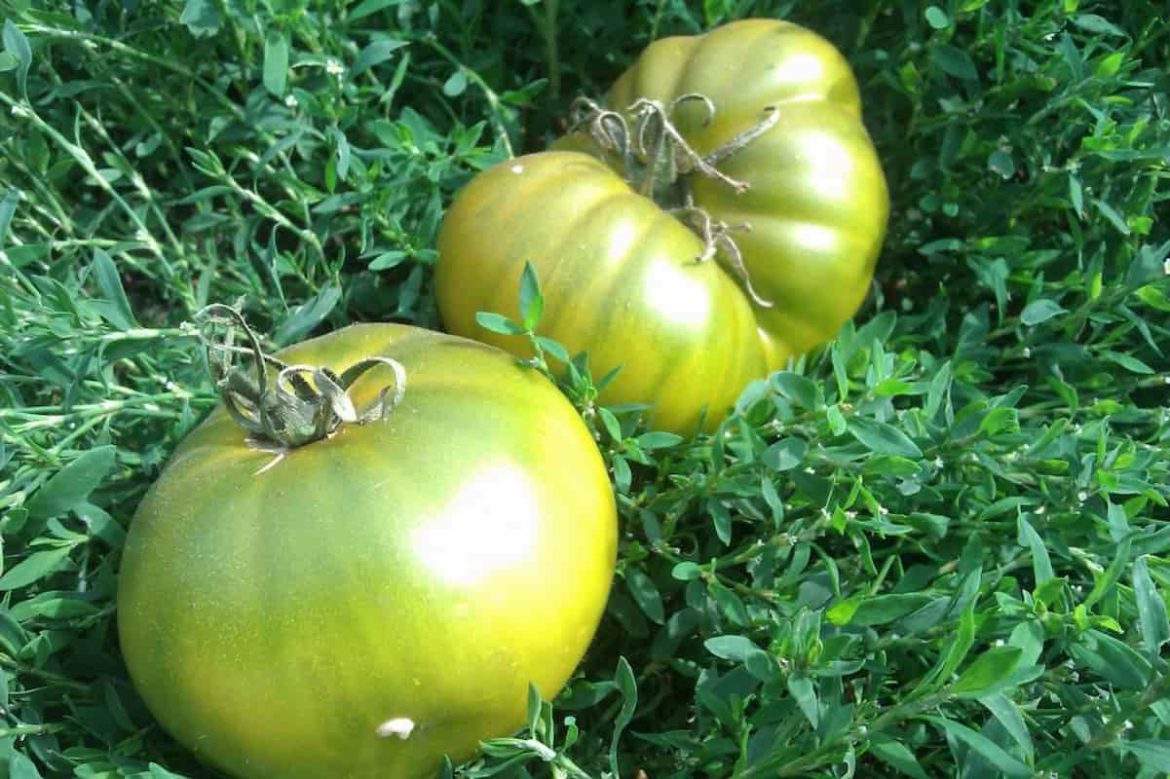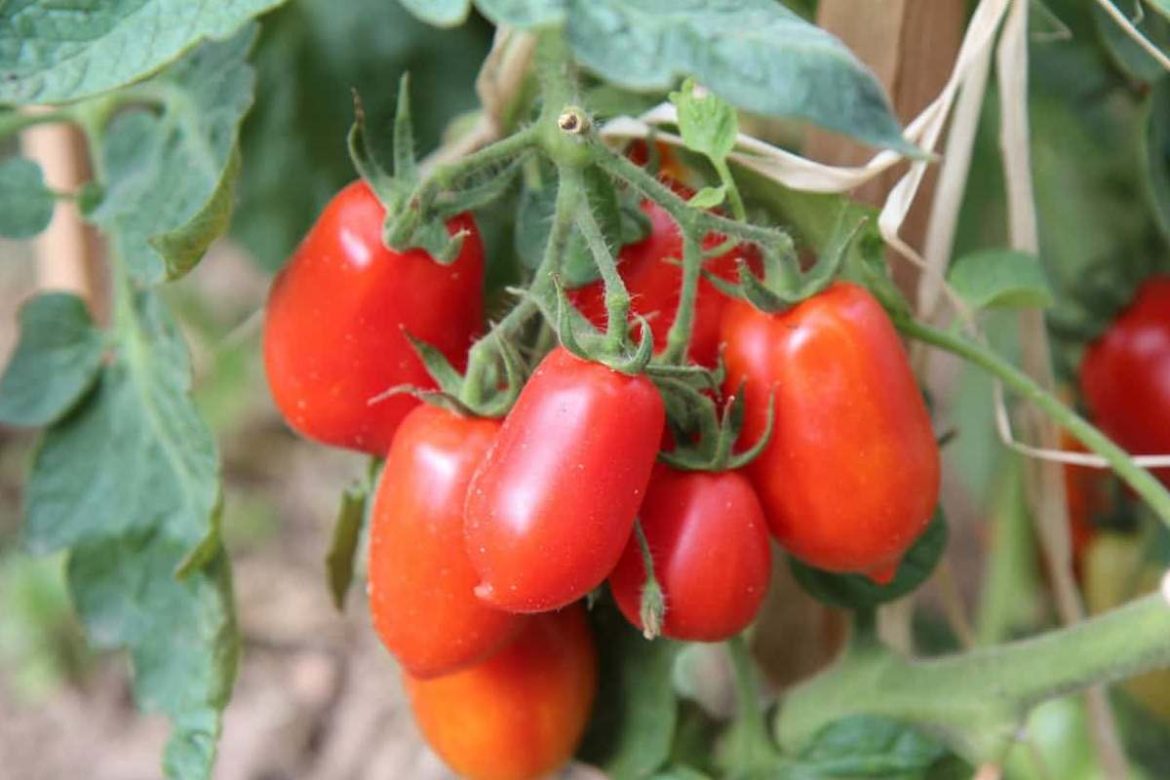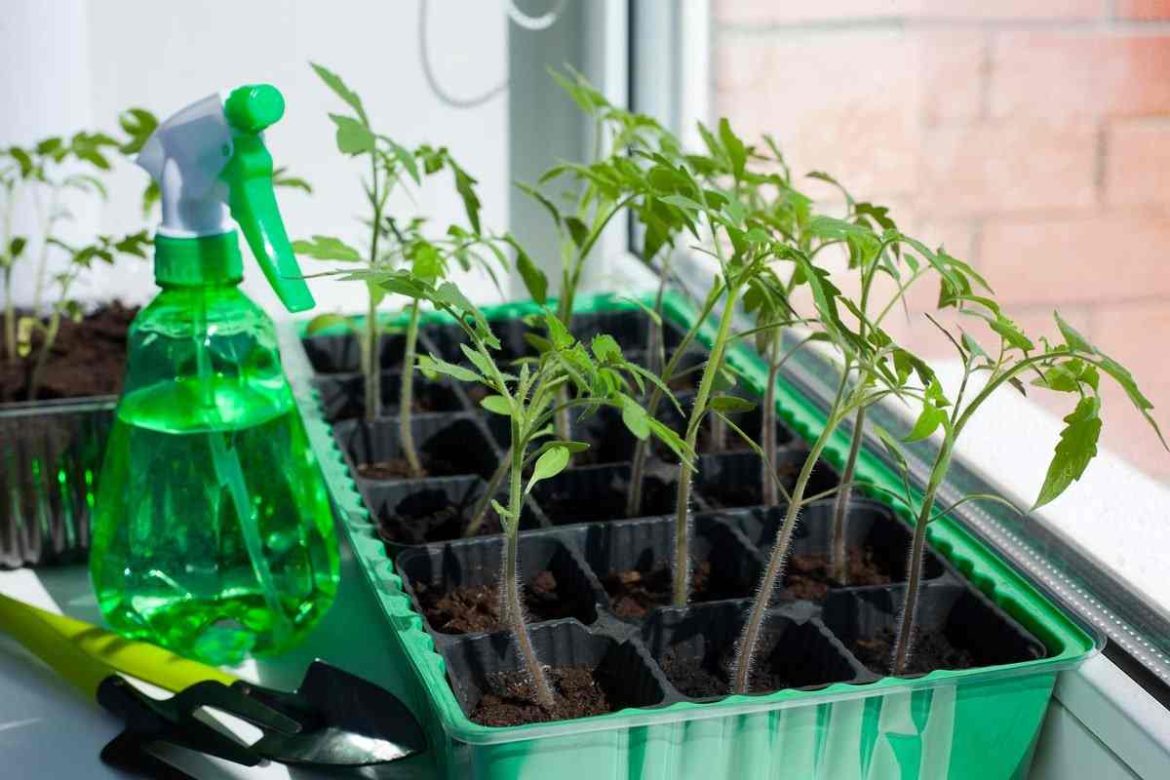Roma tomato growing tips
Nowadays, you can simply use authentic resources for gathering information regarding the growing tips of various tomato types such as Roma
The term “Roma” refers to a collection of tomato cultivars that are widely considered to be the best option for preparing sauces and canning tomatoes
They have a lower water content compared to other tomato cultivars, such as beefsteak tomatoes, which have a higher water content
There are fewer seeds in Roma tomatoes, which also have a thicker fruit wall and skin, as well as firmer and denser flesh
Because of these characteristics, they are an excellent choice for boiling down into a paste, which is how they got their nickname of paste tomatoes
The elongated, egg-like shape, which in certain Roma tomato varieties takes the form of a pear or plum, is what distinguishes Roma tomato varieties from other types
Tomatoes of the Roma kind often do not grow particularly large and are typically no longer than three inches
The skin is often a brilliant shade of red, while new hybrids containing a range of different pigments are also being developed
The plants, like all species of tomatoes, are extremely susceptible to harm from low temperatures; thus, you should wait to plant them outside until after the threat of frost has passed
They are a type of annual vegetable that matures quickly but dies off as the first frost of the fall season arrives

Tomatoes are poisonous to people and animals alike when it comes to the sections of the plant that are not the fruit
How to Set Roma Tomatoes in the Ground The planting process for Roma tomatoes is not much different from the planting process for any other type of tomato
When to Begin Planting When you should plant depends on the environment of your region, but as a general rule, you should wait to plant until after the final spring frost has passed
The plants, especially the younger seedlings, are delicate when it comes to the cold
It is dangerous to plant them too soon, even if there is no danger of frost any longer
Pay attention especially to cold weather spells, which may not kill the plant but can impede its growth and damage the flower buds or blossoms if they are exposed to them for an extended period of time
To ensure a fruitful tomato harvest, it is essential to take sufficient time to harden off the seedlings in the appropriate manner
Choosing a Location for Planting Find an area in your garden that has nutrient-dense soil that drains well and has full sun exposure for your tomato plants
It is important to keep in mind that crop rotation is something that needs to be done
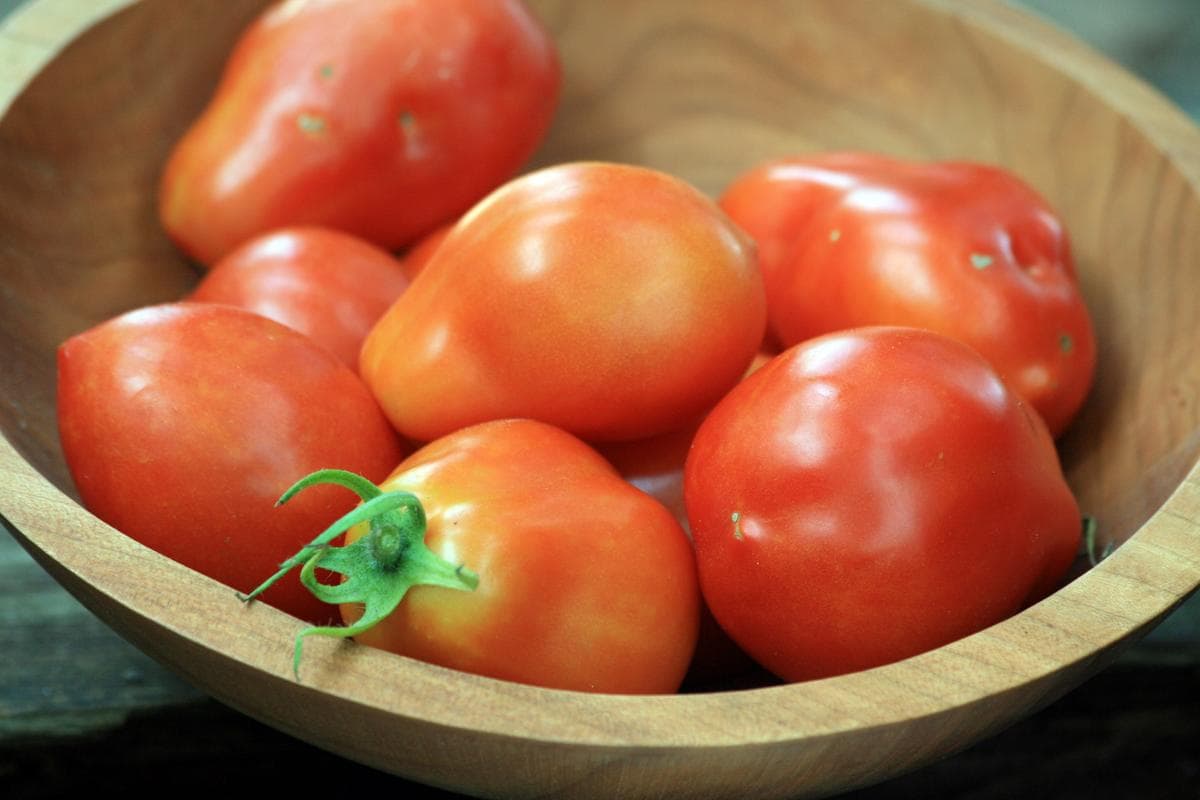
You should not plant tomatoes in the same location where you grew tomatoes or other members of the nightshade family, such as pepper, eggplant, or potatoes, the previous year, and ideally for the two years prior to that
Think about what else you are going to plant and make sure that other plants, especially those that grow quickly like maize or pole beans, won’t cast a shadow on the tomatoes
You might, on the other hand, take use of the shading that the tomatoes provide for other crops, such as lettuce, that do well during the hot summer heat
Availability of Space, Depth, and Support Tomatoes of the Roma variety should be planted deeply, in fact, as deeply as possible, because these tomatoes will sprout roots from any portion of their body that is buried in the soil, which results in plants that are very robust
Whether the variety is determinate or indeterminate will determine the spacing that should be used
Between determinate varieties, leave a spacing of 12 to 24 inches, and between indeterminate kinds, leave a space of 2 to 3 feet
The distance between rows ought to be between 4 and 6 feet
Tomato cages, trellises, or stakes are necessary for providing support for Roma tomatoes
Roma Tomato Plant Care Tending to Roma tomatoes is not much different from tending to other types of tomatoes

Light Beginning with the tomato seedlings, tomatoes require a great deal of light throughout their whole life cycle
When starting tomato plants indoors, this is an important fact to keep in mind
In order to produce healthy tomato seedlings, you will need either a greenhouse, a wide window facing south, or grow lights
The plants require a minimum of six to eight hours of direct sunshine per day in order to thrive
Full sun is required
Anything less than that will result in the plants becoming leggy and producing inferior fruit
Soil The ideal conditions for growing tomatoes are a deep, loamy, well-drained, rich, and somewhat acidic soil (pH between 6
2 and 6
8)
Add organic stuff to the soil in order to prepare it for planting
Tomatoes should be grown in raised beds that are then filled with soil that is appropriate for growing tomatoes when the yard has heavy clay soil
Water Because tomatoes must always have access to ample water, you must monitor the amount of moisture that is present in the soil during the whole growing season
In the event that it does not rain, they should receive at least one and a half to two inches of water per week

The soil should never be allowed to dry up, as this might cause rapid withering of the plant
Water the plant carefully and thoroughly, taking care not to get the foliage wet because this increases the likelihood that fungal diseases such as blight may develop
Temperature as well as Relative Humidity Because Roma tomatoes thrive best in warm conditions, those who reside in cooler regions with shorter growing seasons should select types that mature more quickly
Planting should be put on hold until the overnight temperatures reach at least sixty degrees in the spring
Tomatoes are able to thrive in humid environments, although high humidity can encourage the growth and spread of disease, particularly if there is a lack of air circulation both within the plant and between plants
Tomatoes can tolerate humid circumstances
Fertilizer To a significant extent, the need for fertilizing tomatoes is determined by the state of the soil at the time they are planted
At the time of planting, incorporate two teaspoons worth of a granular fertilizer with a high phosphorus content, such as NPK 5-10-5, into the soil surrounding each plant

Fertilizing crops in the middle of the growing season can be done in a variety of ways, and the NPK ratios that are advised can be rather variable
Midseason applications should typically contain less nitrogen than early and late season applications, as a general rule, to prevent encouraging excessive leaf growth at the expense of fruit production
If you live in a hot climate with a very long growing season, a third fertilization may be warranted in the late summer
However, in most climates, just two fertilizations will suffice provided the soil is rich in organic matter
If you live in a climate that is hot with a very long growing season, a third fertilization may be warranted in the late summer
Pollination Because Roma tomatoes are capable of pollinating themselves, you only need one plant to get fruit, and you don’t need any pollination insects either
Insects and the wind are the primary agents that speed up the process of pollination
The attraction of beneficial insects, such as those that operate as natural predators, can also assist in the management of unwanted insects, such as the tomato hornworm

